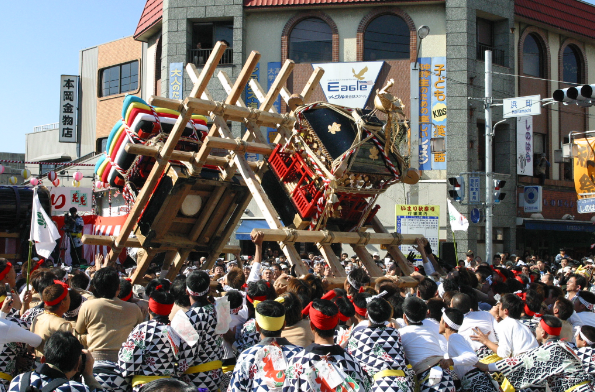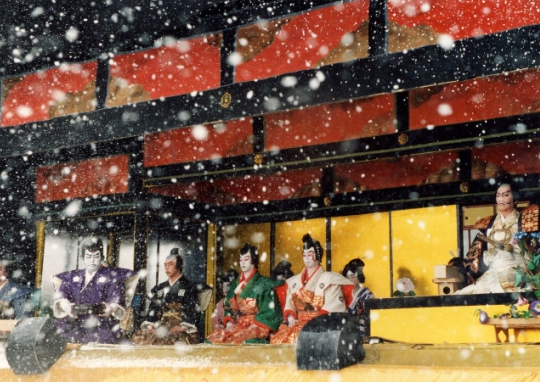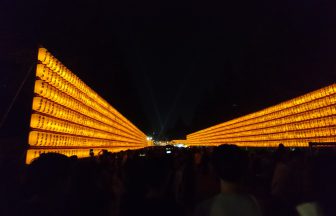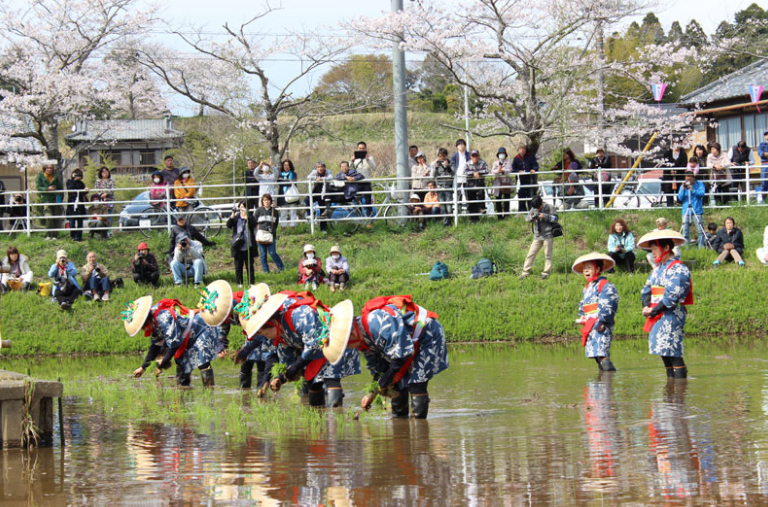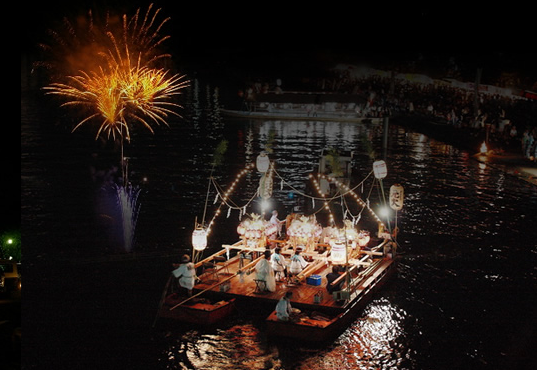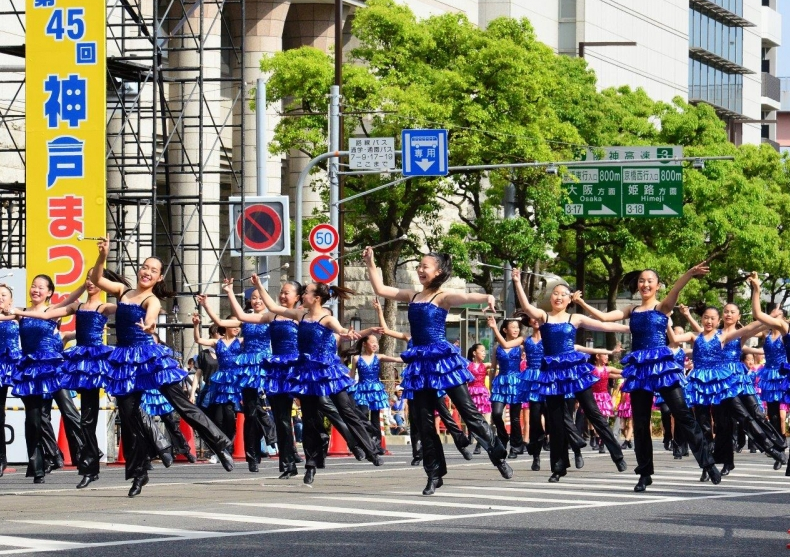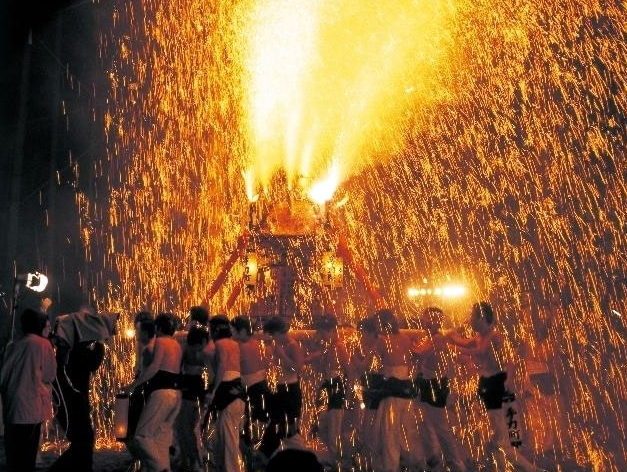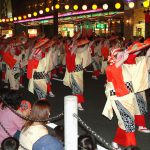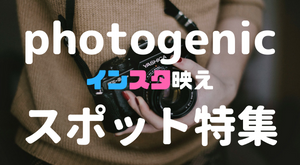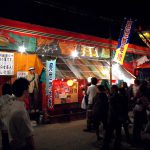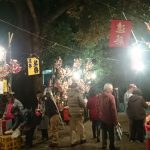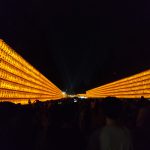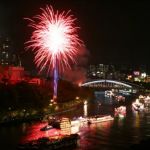What Kind of Place is Imari City?
Imari City is located on the western side of Saga Prefecture and is famous for Imari-yaki porcelain.
The city is home to Okawachiyama, which has been the center of Imari-yaki for over 300 years. Visitors can explore the history and culture of Imari City through activities like painting experiences at the Imari/Arita Traditional Industry Hall and the Sea Silk Road Museum. Additionally, Matsuura Ichi Brewery is famous for its association with kappas (mythical water creatures), and you can even see a kappa mummy there.
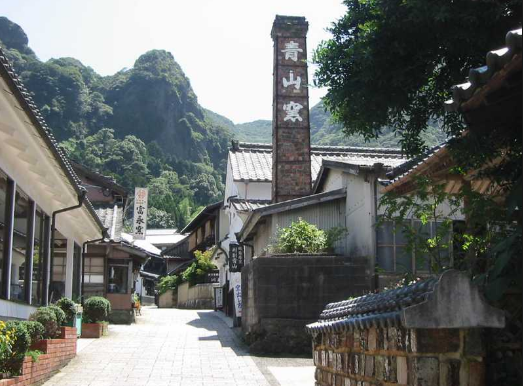
Quoted from Itsu-mo NAVI
Let’s Go to the Imari Tontenton Festival!!
Location: Imari Shrine, Downtown Imari City
Date: The last weekend of October, from Friday to Sunday
Access: About 10 minutes on foot from JR Imari Station
Approximately 30 minutes by car from Takeo IC on the Nagasaki Expressway
URL: http://tontenton.web.fc2.com/ (Official Imari Tontenton Festival Website)
The Imari Tontenton Festival is one of Japan’s three major fighting festivals and refers to the divine procession of Imari Shrine. It is also known as Imari Kunchi. The festival’s most distinctive feature is the fierce clashes between mikoshi (portable shrines) and danjiri (festival floats) signaled by the Tontenton drum. This large-scale festival attracts around 150,000 spectators every year.
During the procession on the first day, the “Ara-mikoshi,” which enshrines the wild spirit, and the danjiri lead the parade, followed by the “Shiro-mikoshi,” which enshrines the peaceful spirit, as they parade through the city. The Ara-mikoshi moves with the chant “Chosan-ya,” which means “to attend the imperial court,” while the danjiri moves with the chant “Arayoi-tona.”
Origins of the Imari Tontenton Festival
There are two theories regarding the origin of this festival. One theory is that it originated from a rivalry between the festivals of Koukitsu Shrine, which prayed for a bountiful harvest, and Totoshima Shrine, which prayed for good fishing. Another theory is that it began in 1895 to celebrate Japan’s victory in the Russo-Japanese War. However, there are no written records to confirm this.
In 1962, Koukitsu Shrine and Totoshima Shrine were merged to form Imari Shrine. This merger led to the establishment of rules and roles for the Imari Tontenton Festival, as well as festival manners and regulations, such as a ban on alcohol.
Fierce Clashes Between Mikoshi and Danjiri!
The festival’s main highlight is the “Battle.” The Ara-mikoshi waits at the battlefield for the arrival of the danjiri, provoking it with the chant “Ki-waenka” (Can you come?). The danjiri responds by taunting back with “Madamada” (Not yet), prompting spectators to chant “Aore, aore” (Incite, incite).
At the right moment, the leaders raise their flags, and the mikoshi and danjiri collide violently. The combatants move forward with the signal “Kamaero” (Prepare), engage in a contest of strength, and try to topple their opponents or mount them, with the victor being the one who succeeds. During the battle, the danjiri’s drum plays the sound that gives the festival its name, “Tontenton.”
These battles often result in injuries. However, due to a fatal accident involving a high school student in 2006, the battles were discontinued. They resumed in 2013 as a safer form of ritual combat, with predetermined safe directions for the collapses.
For detailed illustrations, click here.
The Climax is Also Full of Impact!!!
The festival reaches its climax with the “River Drop.” This dramatic event takes place on the banks of the Imari River, where the mikoshi and danjiri, locked in a fierce struggle, tumble down into the river together. Afterward, the participants help to pull them out. If the Ara-mikoshi (wild spirit) is pulled out first, it signifies a bountiful harvest for the following year. If the danjiri (festival float) is pulled out first, it predicts a prosperous fishing year. This spectacular event is a fitting conclusion to the Imari Tontenton Festival.
For detailed videos, click here.
An Impressive and Thrilling Festival!
This traditional festival is awe-inspiring, showcasing the bravery and strength of the participants. As one of Japan’s three major fighting festivals, it is incredibly powerful and thrilling. Be sure to visit and experience this impressive festival firsthand.
Japan’s Three Major Fighting Festivals
- Niihama Taiko Festival, Ehime Prefecture
- Iizaka Kenka Matsuri, Fukushima Prefecture
Featured image (Author: Tonten, License: CC by-sa Tonten) quoted from Wikipedia
(Edited by 千八乃)


